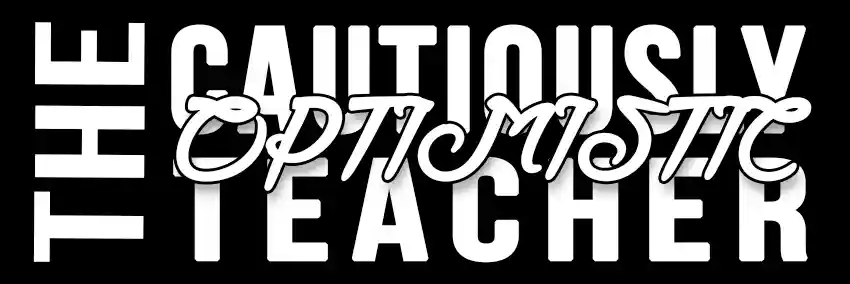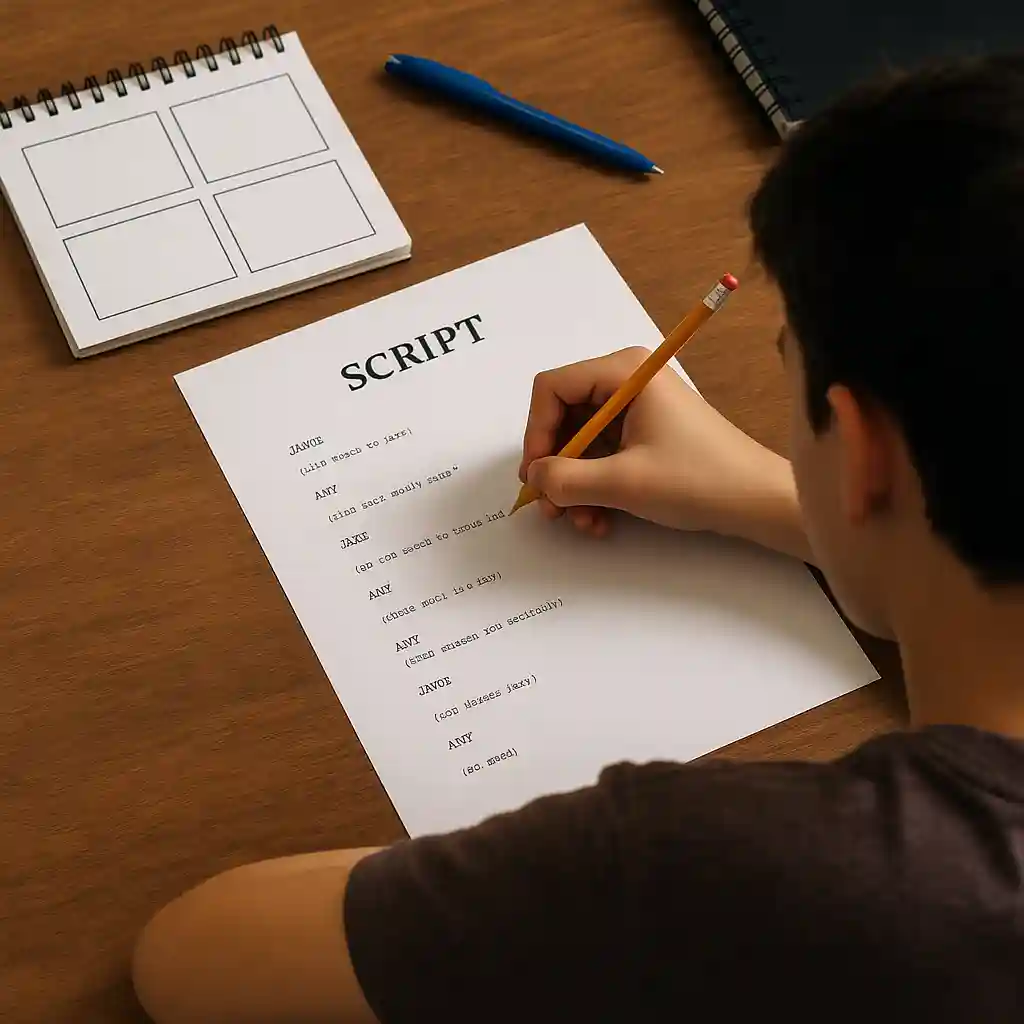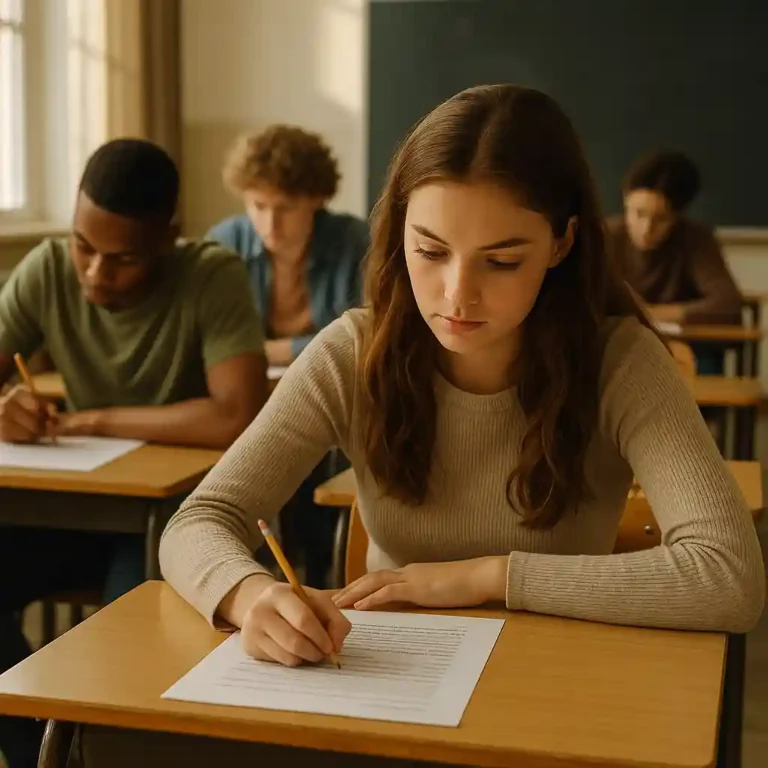Day 17: Engaging Students with a Scripting Lesson
Welcome to Day 17 of our Grade 9 English journey! Today, we keep the momentum rolling with a scripting lesson that pushes students further into the world of storytelling. By now, they’ve already had some practice with script and storyboard activities, and today’s class is dedicated to giving them time to expand and refine their work.
Lesson Flow
Silent Reading – 15 minutes
As always, we begin with a quiet reading session. This daily habit helps students settle into the rhythm of class while building stamina and focus for the creative work ahead.Continue Script and Storyboard Work
Script and Storyboard Resources
For the remainder of the period, students dive back into their scriptwriting and storyboarding projects. This is their chance to develop stronger dialogue, clearer stage directions, and more visually compelling storyboards.
Remind students of the key goals:
Strong Dialogue: Lines should sound natural and help reveal character.
Clear Stage Directions: Actions, settings, and movements should be easy to follow.
Visual Storytelling: Storyboards should bring the scene to life, giving readers a sense of movement and emotion.
Encourage them to collaborate—reading their scripts aloud with partners or small groups often reveals how dialogue sounds in real time. It also gives them a sense of how their scene will play out visually.
Teacher Tip
Today’s lesson is less about introducing new material and more about providing time, space, and encouragement for students to deepen their work. Keep circulating, ask questions about their creative choices, and push them to think about how words and images work together to tell a story.
By the end of the period, most groups should have something polished enough to feel proud of—and ready for the next steps in our storytelling project.
Conclusion
Day 17 wraps up with a strong focus on creativity, collaboration, and craft. By spending time refining scripts and storyboards, students are learning that storytelling isn’t just about ideas—it’s about shaping those ideas into clear, expressive art. The process of revising dialogue, tightening stage directions, and enhancing visuals helps them think like writers, directors, and visual artists all at once. Each improvement they make today brings them closer to a finished piece that reflects both their imagination and their growing mastery of narrative technique.







